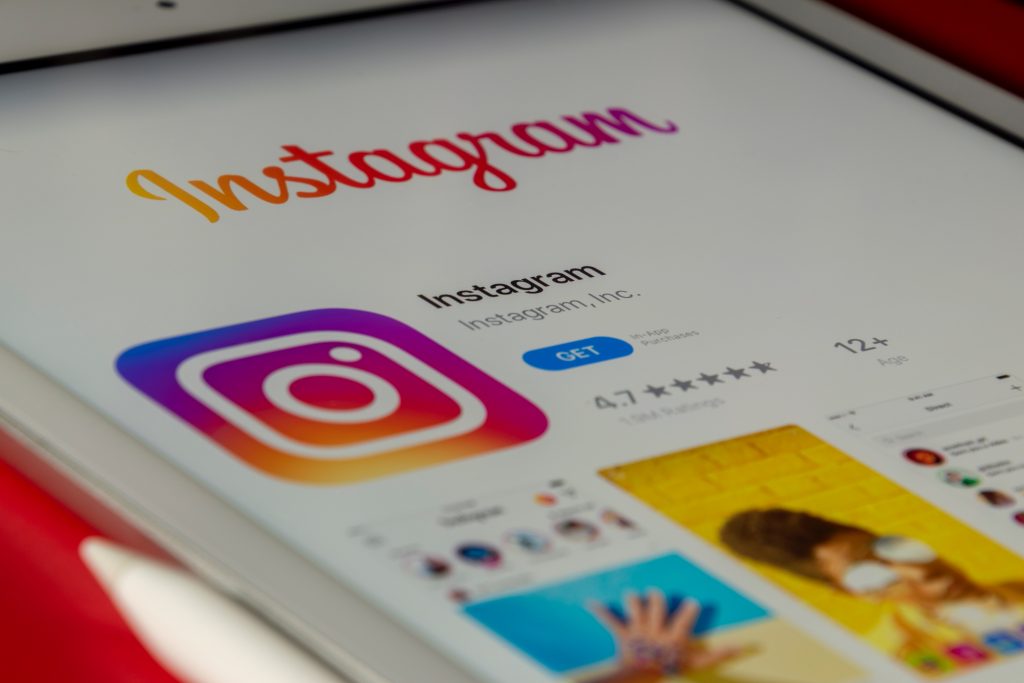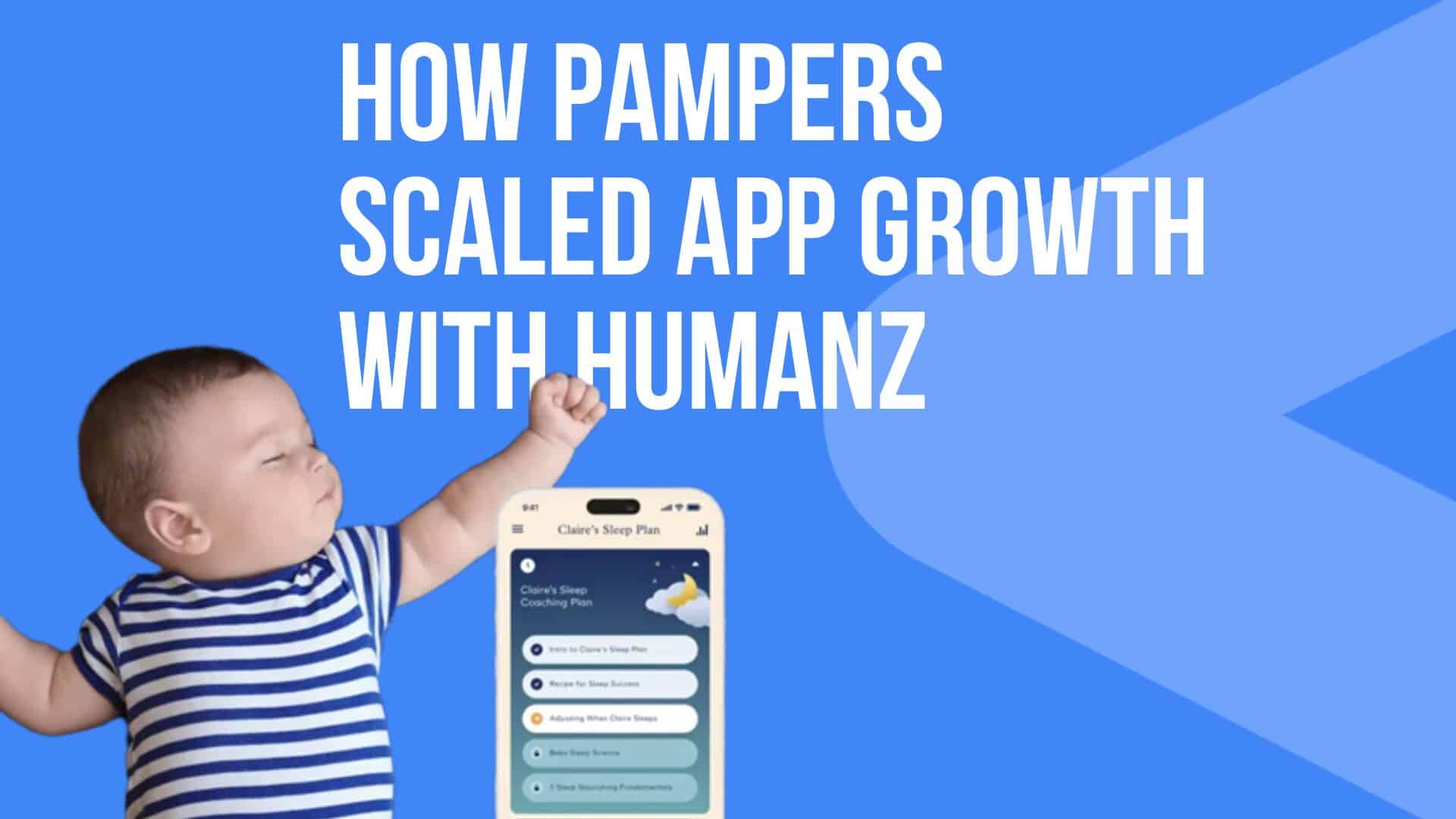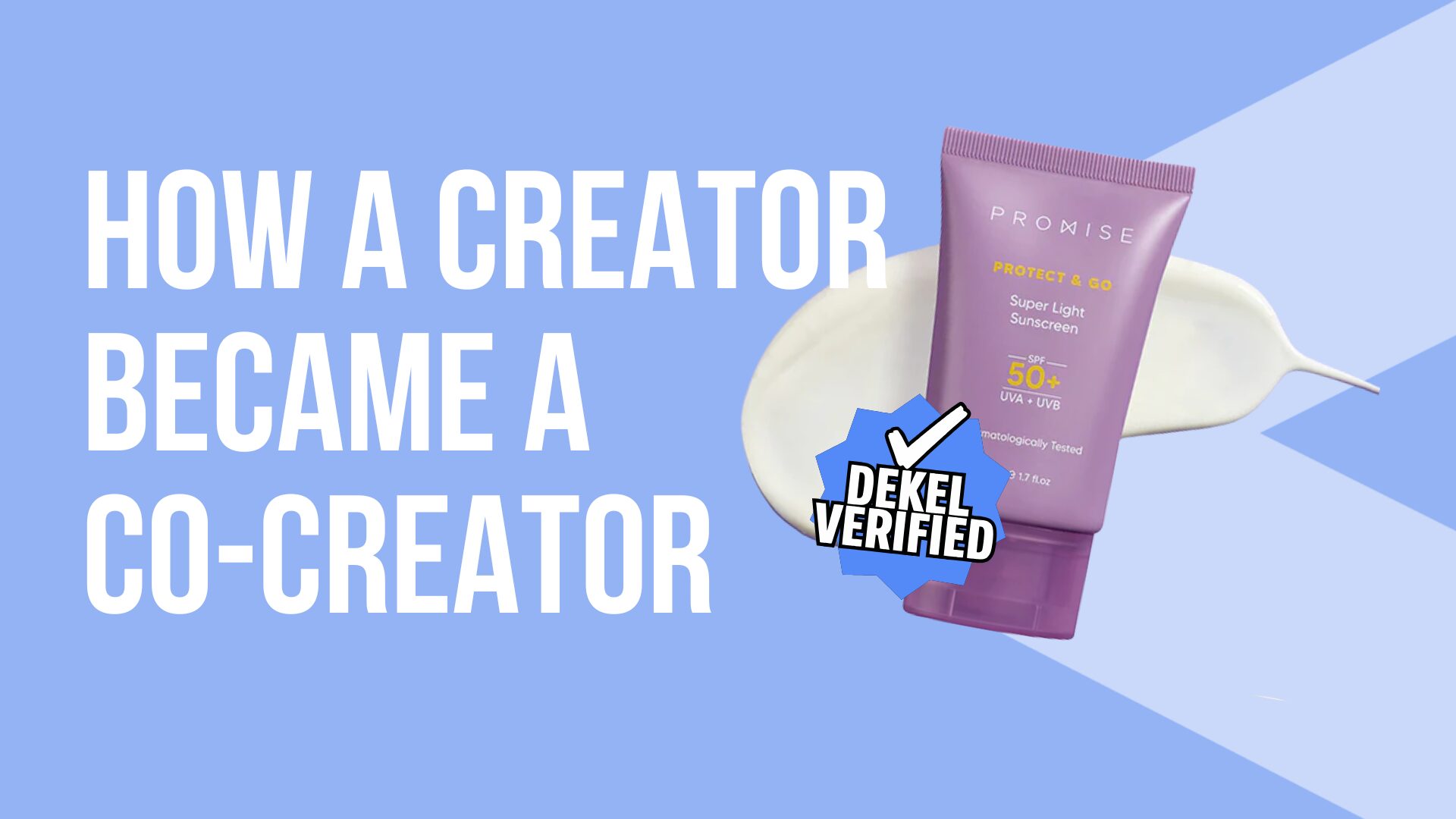Most marketing strategies contain different directions (or subcategories). You can think of this like spokes in a wheel. The directions work together to power the marketing strategy as a whole. And one of the most effective marketing directions for brands is influencer marketing.
Nearly half of everyone online uses ad blockers to tune out marketers. But influencer marketing merges organic content with paid advertising. This makes for a better experience that often yields better results.
So if you’re hungry for a successful influencer marketing campaign, you need to do two things. First, define your campaign’s goal(s). Second, track and measure campaign results. This guide will show you how to do both. And we’ll demonstrate why each one is a critical part of the influencer marketing process along the way.
Here’s what this guide covers:
- What is a KPI?
- Objectives vs. KPIs
- Most important influencer marketing KPIs
- Long-term and short-term KPIs
What are KPIs? Why do brands use them?
Key performance indicators, or KPIs, show how successful a campaign or project is. And they’re important because they’re quantifiable. They measure performance with objective data. In this way, they’re like measuring tape. Instead of guessing, KPIs let you set goals and then see how close you got.
KPIs do more than just measure performance, though. They can actually make or break a campaign. If you’re smart about which KPIs you choose, you can achieve better results. This is because KPIs inform where to invest your time, resources, and creativity.
And when it comes to influencer marketing, KPIs are critical. They identify whether you’ve invested in the right influencer. Or the right campaign. Or the right kind of content. In short, brands use KPIs to capture objective data in a subjective space (social media).
Let’s explore this with an example. Say you want to launch an influencer marketing campaign to get more people to visit your website in July. In this case, your KPIs should measure website traffic for that month. For instance, you could keep track of new users, sessions, or page views.
So if you choose to measure new social media followers in August instead, you won’t know if you’ve achieved your goal. Sure, new followers on Instagram are great. But that’s not what you set out to do.
This is why influencer KPIs are tricky at first — they’re hard to identify. The good news is that all KPIs will check all the following boxes. Use these as a guide the next time you launch a campaign.
|
KPIs are always: |
Description |
|
Specific |
|
|
Measurable |
|
|
Attainable |
|
|
Relevant |
|
|
Time-based |
|
What’s the difference between an objective and a KPI?
Objectives and KPIs are similar, but they’re not identical. An objective represents a campaign’s final goal or desired result. KPIs define an objective in measurable terms. And KPIs help brands achieve those objectives. Here’s another way to break this down:
|
Objectives |
KPIs |
|
Statement |
Measurement |
|
“I want to go to Italy” |
A GPS and roadmap to Italy |
|
“I want to increase brand awareness” |
Track brand mentions, impressions, and audience growth on social media |
In other words, an objective represents what you want. And KPIs tell you how to get it and signal whether you succeeded.
The most important influencer marketing KPIs that all brands should measure
Now that we’ve covered the difference between objectives and KPIs, it’s time to dive into the details. Let’s walk through some of the most clever influencer marketing campaign objectives. And we’re going to break down how to measure each of them with KPIs along the way.
Brand awareness
It’s one of the more popular influencer marketing objectives — and for good reason. To familiarize people with your brand, here are the KPIs to help you get there:
- Hashtag reach
- Social media mentions
- Post reach and impressions
- Audience or follower growth
- Website traffic (if you have one)
|
Sample Campaign |
|
|
Objective |
|
|
KPIs |
|
|
Strategy |
|
Engagement rate
Engagement is the most important part of influencer marketing. It measures something that’s otherwise impossible to evaluate: human connection. Here are some KPIs to measure success:
- Clicks or click-through rate (CTR)
- Comments
- Likes
- Saves
- Shares
|
Sample Campaign |
|
|
Objective |
|
|
KPIs |
|
|
Strategy |
Videos / Instagram takeovers / Asking followers open-ended questions / Hosting giveaways or contests |
ROI
If you spend a dollar on marketing, how much do you get back? That’s your ROI and it’s a common goal when it comes to influencer marketing. If you want to get a high ROI, use these KPIs:
- Sales (new orders)
- Revenue
- Profit
- Customer acquisition cost
- Lead generation
Pro Tip: ROI is important, but it’s not everything. Make sure you focus on other goals, too. Diversifying objectives builds long-term growth and brand loyalty.
|
Sample Campaign |
|
|
Objective |
|
|
KPIs |
|
|
Strategy |
|
Website traffic
Influencer marketing is great for driving more traffic to your brand’s website. Here are some ways to measure whether you’ve succeeded:
- New visitors
- Total number of sessions
- Lower bounce rates
- More time spent on site
- Increased page views
Keep in mind that even with all the right tools, influencer KPIs can be tough to track. For example, followers see your product promoted in an influencer’s post. They can click a link in the post. Or, they might head to Google to search for your brand.
An IG post link is trackable. And while a Google search isn’t trackable, it is measurable. Remember to keep an eye on Google Analytics and crosscheck it against your campaign. If you notice a huge surge in organic traffic, there’s a chance it’s from the influencers you partner with.
When to retire or change KPIs
Smart brands that invest in influencer marketing pay close attention to their KPIs:
- Short-term
- Long-term
- A combination of both
Marketers should know when to change KPIs, introduce new ones, or even retire the old ones. And it all comes down to what makes the most sense for the brand and the campaign.
Long-term KPIs
- Measure performance for at least a year
- Big picture marketing
- Long haul efforts
Short-term KPIs
- Measure performance each quarter (or some period of time less than a year)
- Divides long-term goals into bite-sized milestones
- Instant gratification
Use short-term KPIs to build towards the long-term ones. And every quarter (or month), check whether:
- KPIs still make sense
- The campaign is on track
- Performance is satisfactory
Think of each quarter as an opportunity to check in with the campaign. Take its pulse. Take its temperature. And decide if you need to make any changes to keep it healthy.
Don’t overdo the changes, though. Switching up your KPIs too often can keep the campaign spinning in place. This puts you at risk of not making any real progress.
Final thoughts on influencer marketing KPIs
Influencer marketing is rewarding if you can set competitive key performance indicators. Once you have KPIs in place, the rest is history. Here’s a quick recap of everything we’ve covered:
- KPIs are specific, measurable, attainable, relevant, and time-based
- Use KPIs to measure objectives like brand awareness, engagement, ROI, and so on
- Analyze your KPIs once every quarter to make sure you’re on track
If you’re ready to learn more about the nuts and bolts of influencer marketing, check out our blog here. We’ve got tons of resources for marketers, brands, and influencers — and it’s updated every week.











